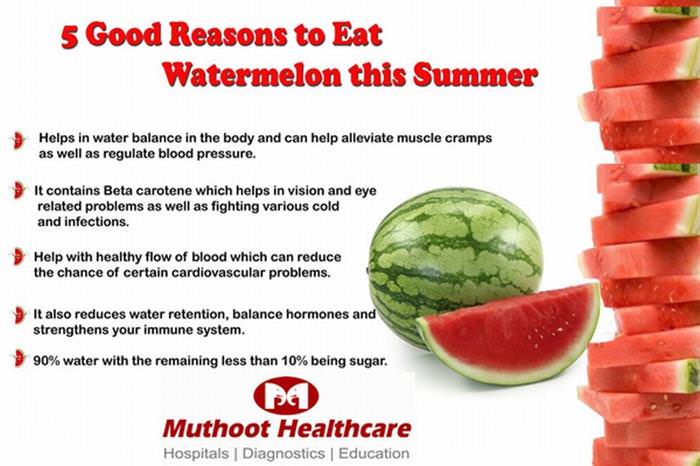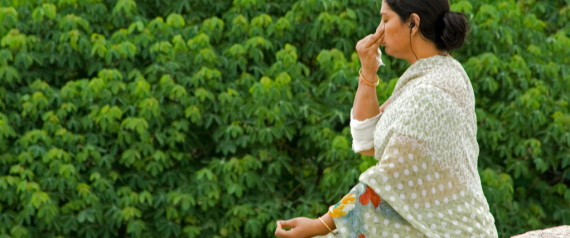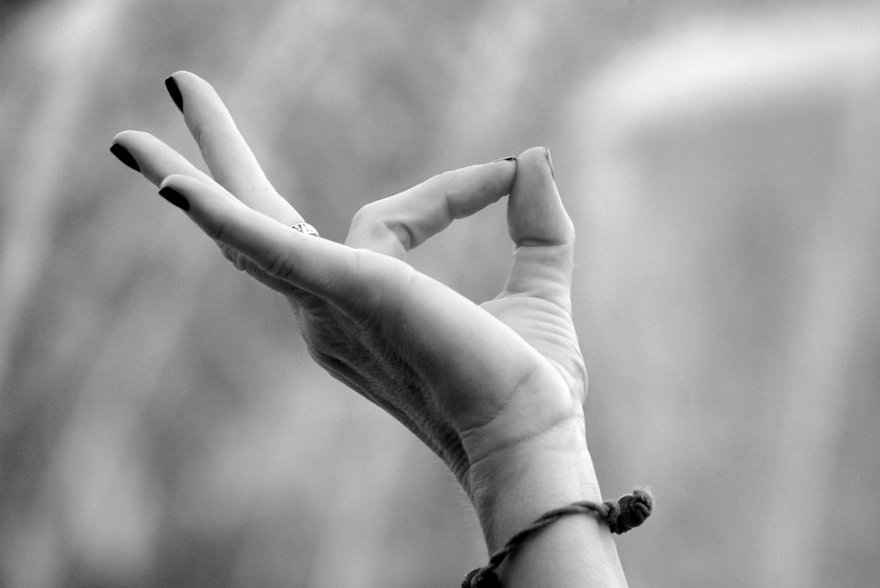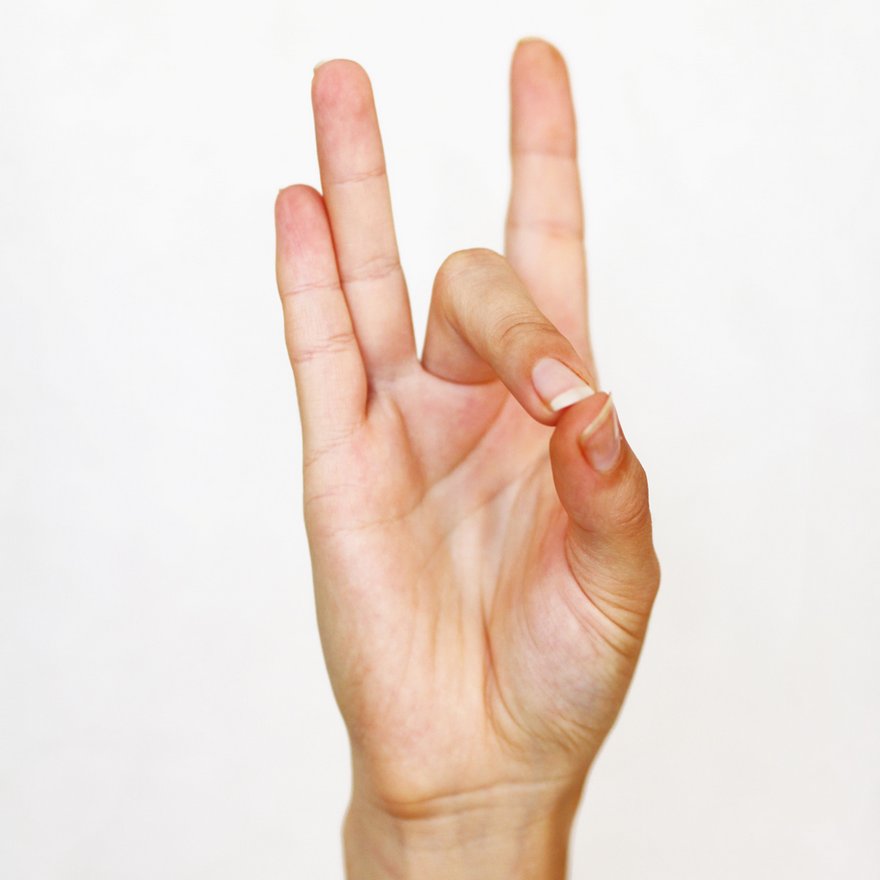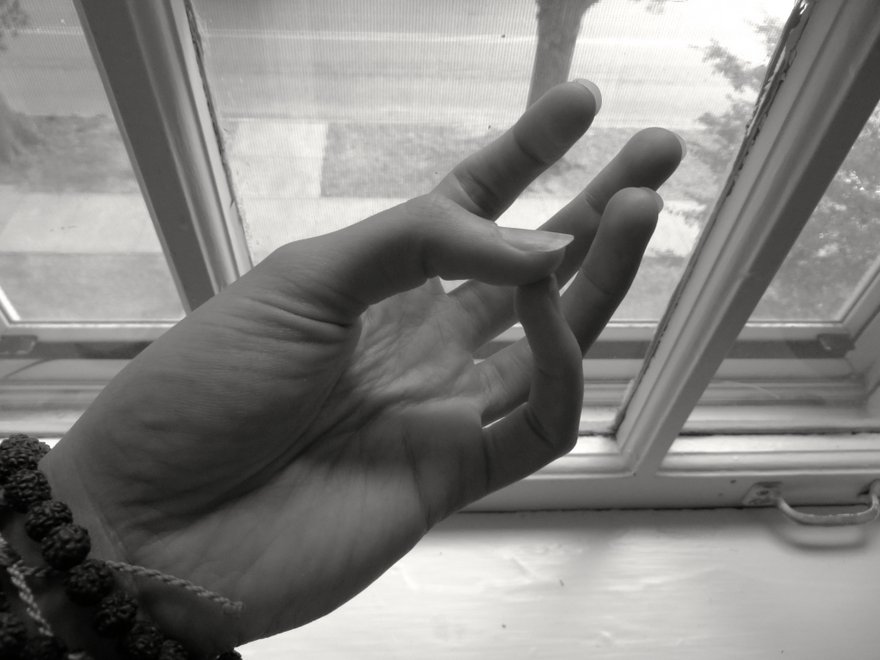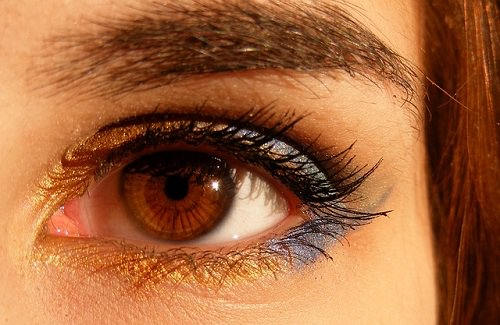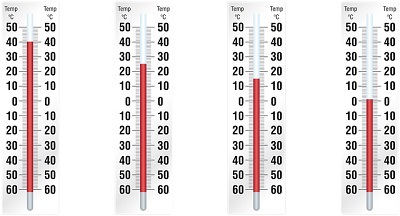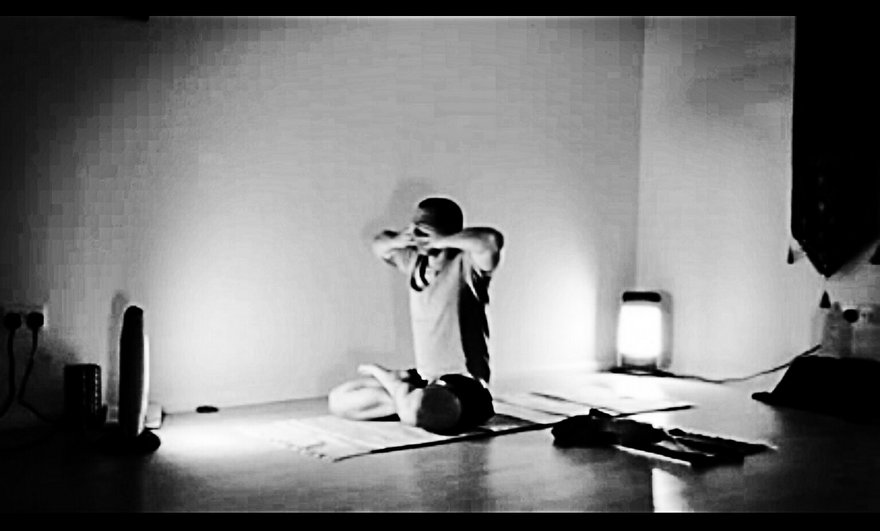P.J.
0
Veggies, Protein, and Better Blood Sugar Control
Veggies, Protein, and Better Blood Sugar Control
Sep 22, 2015
Recent research reveals that a diet high in protein improves blood sugar control for those with type 2 diabetes.
The study also shows that the helpful proteins can come from animal, or plant sources.
“In diabetic subjects, the 6-week high-protein diet leads to an improvement in glucose metabolism and decrease in liver fat independently from the protein source. The high-protein diet has no adverse effects on kidney parameters, moreover the kidney function actually improved in the plant protein group,” concluded the researchers.
Fortunately, it is easy to increase protein intake without straining the food budget. Many familiar, easy to obtain vegetables are also fiber-filled, nutrient rich, low-glycemic sources of protein.
Adding a few extra servings per week of these protein-plentiful veggies to our diet can help us feel energized, lose weight, and steady our blood sugar.
9 Veggies Packing A Protein Punch
“The easiest diet is, you know, eat vegetables, eat fresh food. Just a really sensible healthy diet like you read about all the time.” ~ Drew Carey
Sources: Science Daily; Mind Body Green
http://www.informationaboutdiabetes...eggies-protein-and-better-blood-sugar-control
Veggies, Protein, and Better Blood Sugar Control
Sep 22, 2015
Recent research reveals that a diet high in protein improves blood sugar control for those with type 2 diabetes.
The study also shows that the helpful proteins can come from animal, or plant sources.
“In diabetic subjects, the 6-week high-protein diet leads to an improvement in glucose metabolism and decrease in liver fat independently from the protein source. The high-protein diet has no adverse effects on kidney parameters, moreover the kidney function actually improved in the plant protein group,” concluded the researchers.
Fortunately, it is easy to increase protein intake without straining the food budget. Many familiar, easy to obtain vegetables are also fiber-filled, nutrient rich, low-glycemic sources of protein.
Adding a few extra servings per week of these protein-plentiful veggies to our diet can help us feel energized, lose weight, and steady our blood sugar.
9 Veggies Packing A Protein Punch
- Peas, fresh or frozen, will give any meal a quick and easy protein boost.
- Kale, often called a nutrient super-food, can be added to most any casserole, soup, salad, or smoothie.
- Spinach was Popeye’s food of choice for a reason. Besides protein, spinach comes loaded with various antioxidants, vitamins, and minerals.
- Sprouts are easy to toss on sandwiches, salads, or soups. They come in several varieties (e.g., broccoli, radish, alfalfa), and are easy to grow at home.
- Broccoli is famous for its mix of minerals, fiber, and antioxidants, but is also a wellspring, or should we say well-sprig, of protein.
- Mushrooms not only provide us with protein, but support our immune system and help us feel full without adding many calories to a meal.
- Brussels Sprouts are delicious when roasted or steamed, and scrumptious when spritzed with butter, olive oil, or lemon. Sprinkle with a mix of herbs or sea salt, and enjoy.
- Asparagus is a fiber-full protein source that also helps our body eliminate toxins.
- Artichokes - roasted, steamed, or blended - will add interest, flavor, and protein to any meal.
“The easiest diet is, you know, eat vegetables, eat fresh food. Just a really sensible healthy diet like you read about all the time.” ~ Drew Carey
Sources: Science Daily; Mind Body Green
http://www.informationaboutdiabetes...eggies-protein-and-better-blood-sugar-control

